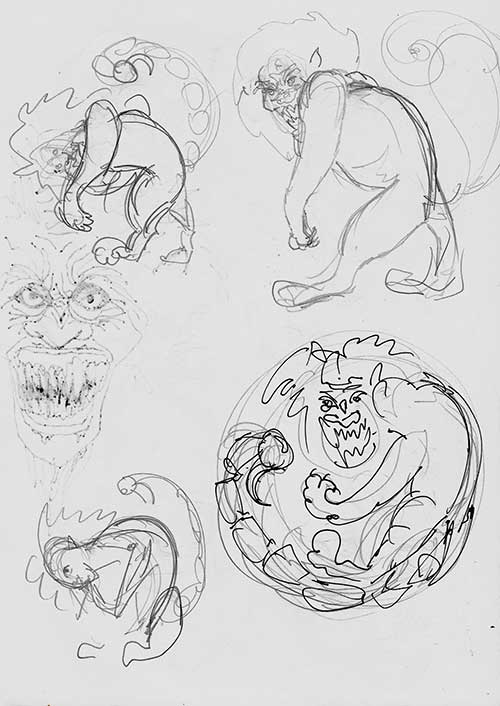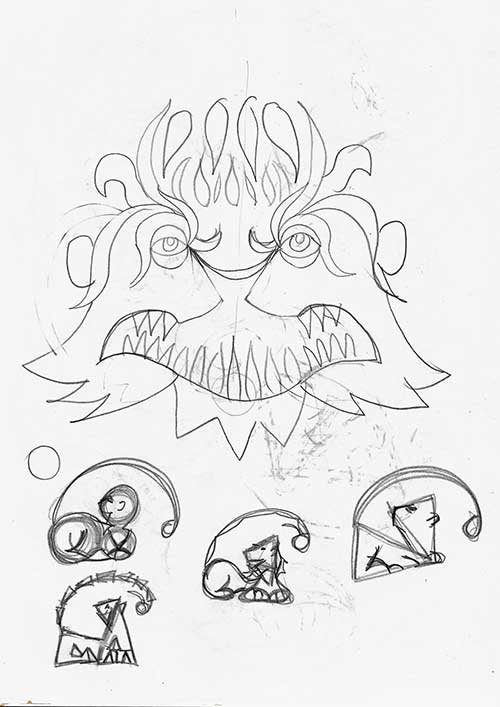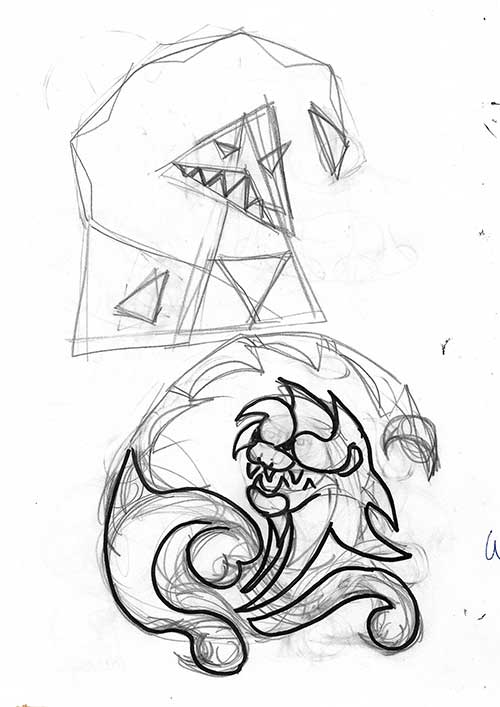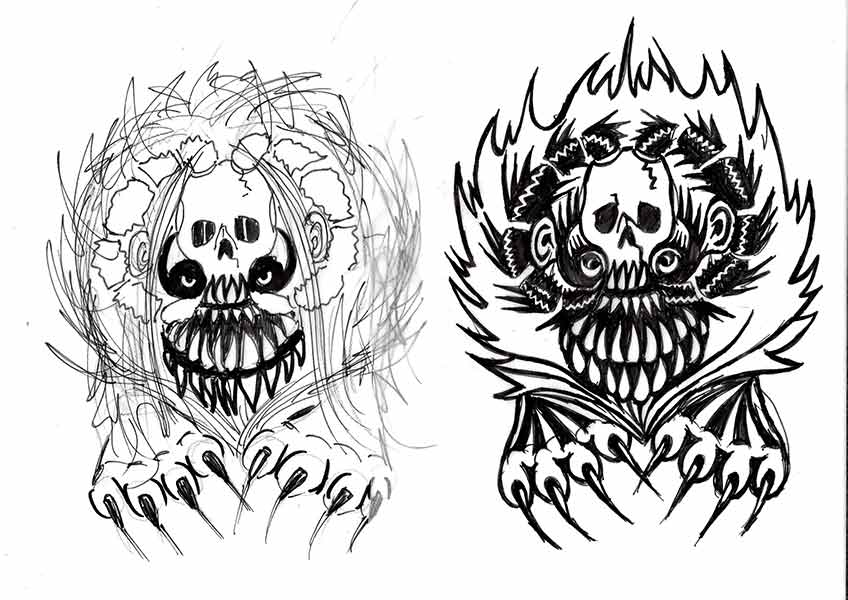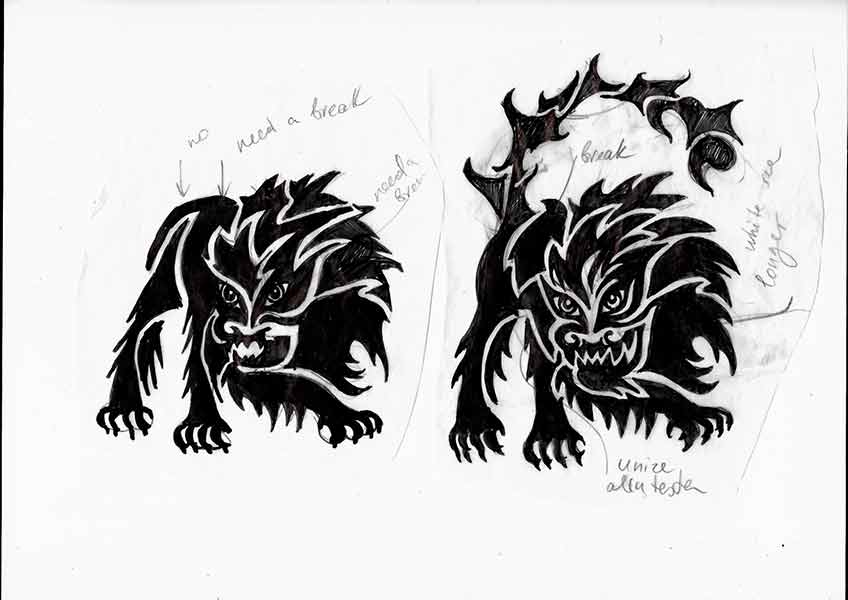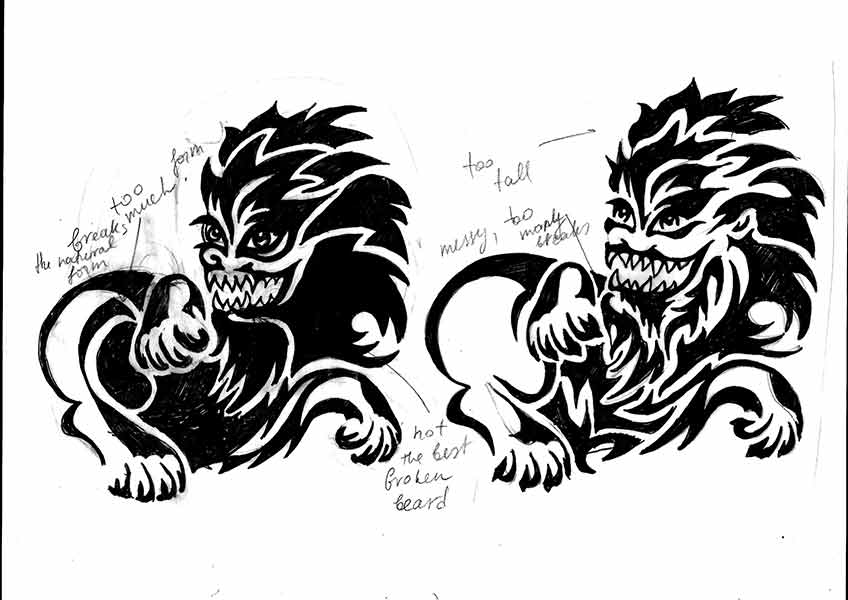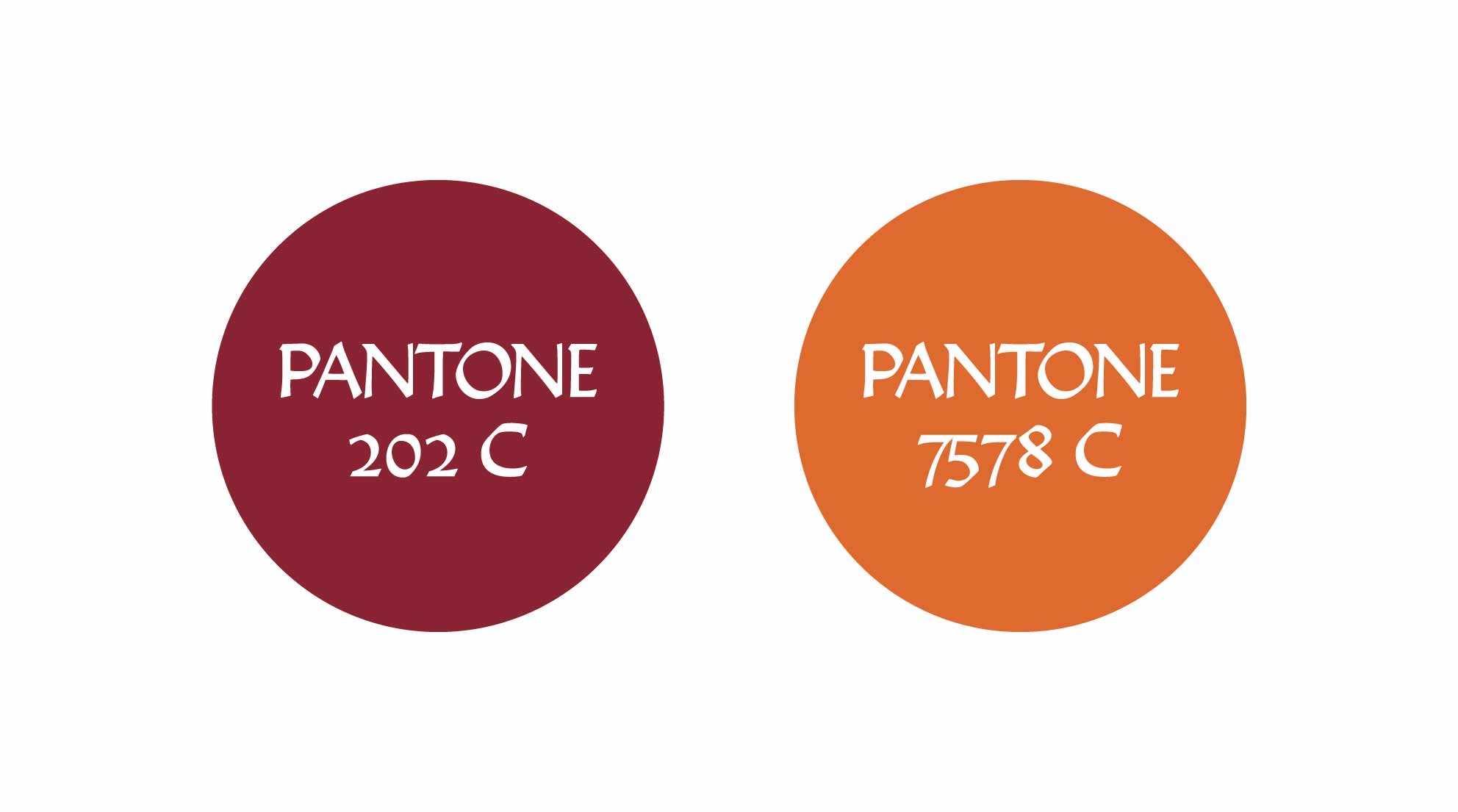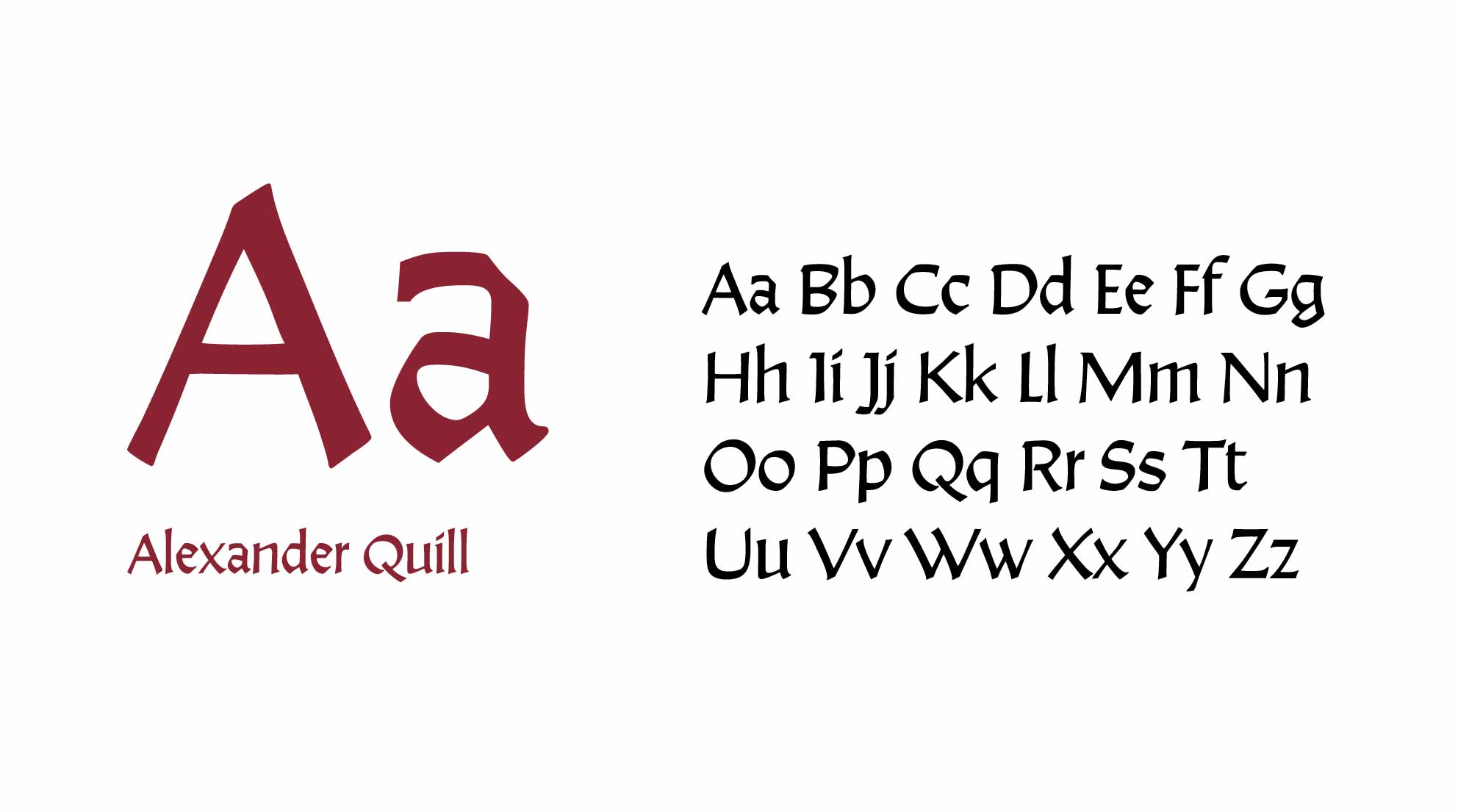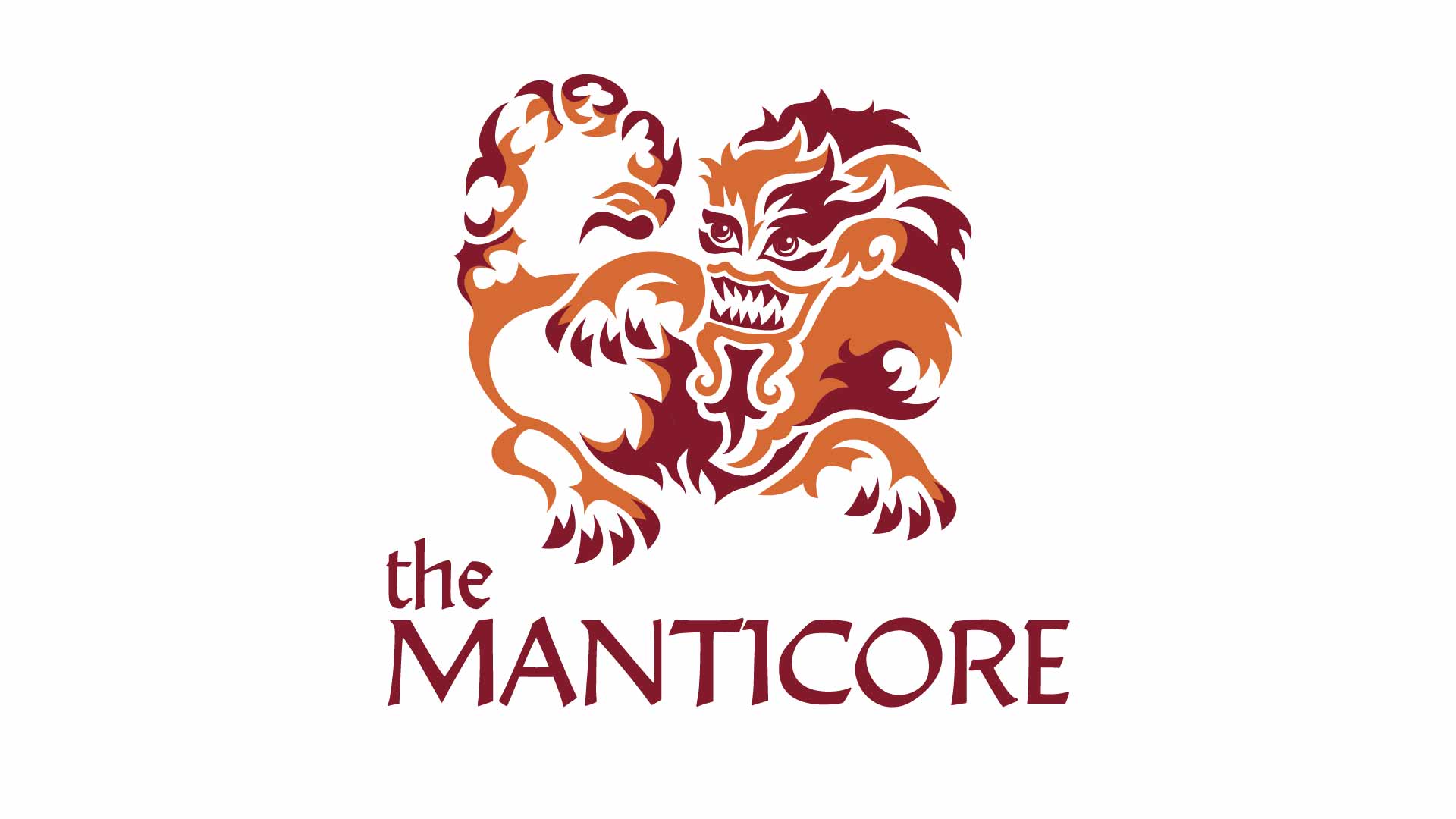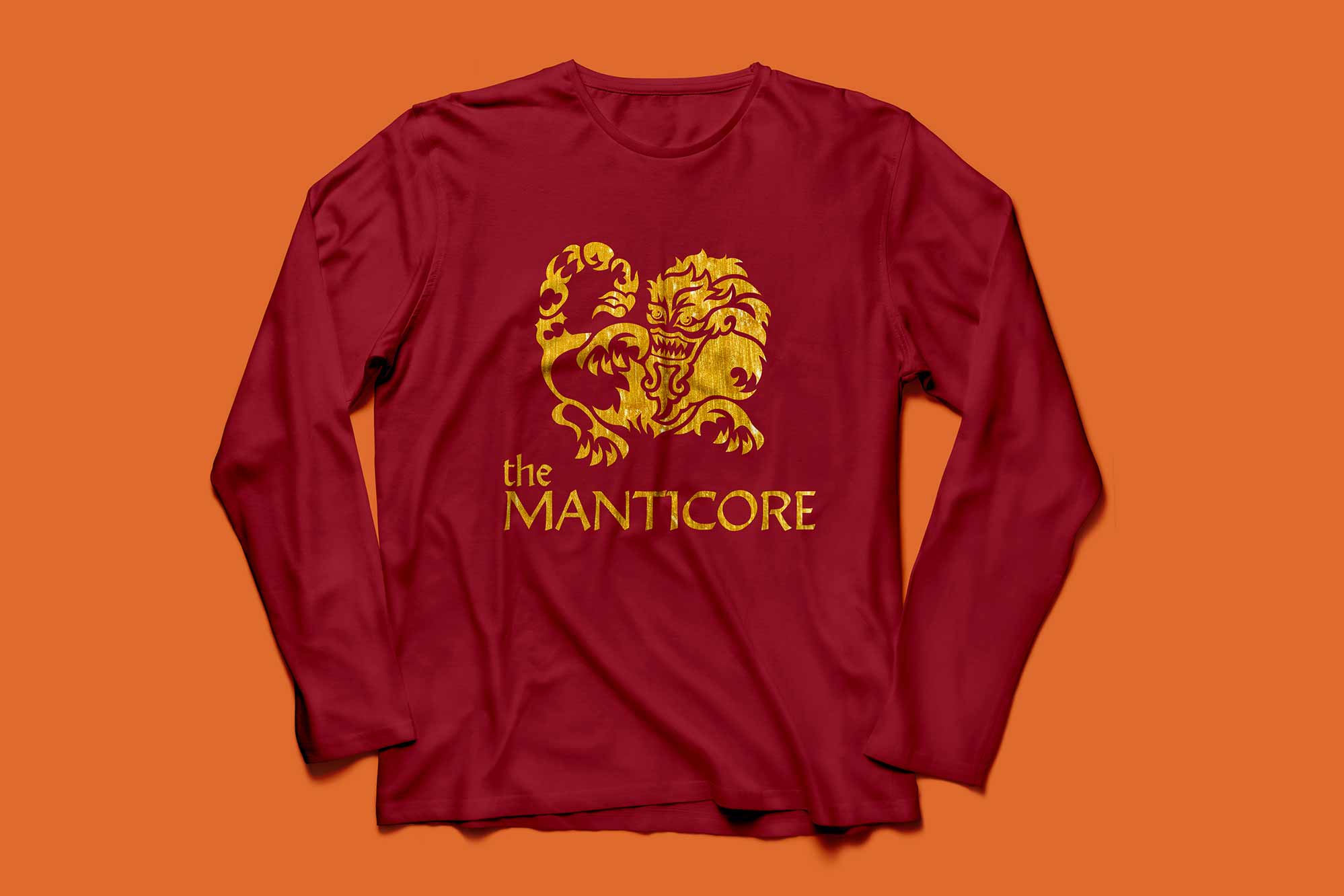Creature
The Manticore was first mentioned in a book Indica by Ctesias, which was a collection of Persian myths and stories about India written in the fifth century BC. According to the myth, the Manticore had a red lion’s body, human eyes and a scorpion’s tail and was extremely dangerous.
During the Middle Ages the Manticore appeared in English heraldry. The heraldic manticore influenced some Mannerist representations of the sin of Fraud, conceived as a monstrous chimera with a beautiful woman's face
Symbol
You can’t but notice that the monster had a very interesting and complex body structure which served as an inspiration for the design: the expressiveness of human eyes, the agility of a lion and asperity of a scorpion.
As you can see in the symbol design the twist of the monster’s head and his raised paw together form a very dynamic position and reveal the Manticore’s readiness to attack or defend itself, while the profile figure echoes the Persian rock reliefs style. The symbol consisting mainly of the curved lines and plains combined with a lot of curved negative spaces adds lots of energy, elasticity and alertness to the shape.
Colours
As for my choice of colour for the design was inspired by the Persian rock reliefs which have the dark brown colour in the shadow and golden beige in the sunlight. This sandy gradient perfectly describes the arid climate of Persian deserts and semi-deserts. The colour choice was looked through the prism of red: the original colour of the creature’s body and the symbol of energy and passion.
The maroon color represents intense and passionate things like; confidence, creative thoughts, excitement, power, risk, passion, ambition, courage, strength, warmth, and beauty. And adds a hint of luxury to the whimsical shapes of the symbol.
While ochre colour adds a sense of Optimism, confidence, self-esteem, extraversion, emotional strength that gives the symbol a more attractive look and brings it to life.
Font
The fonts chosen for this design exhibits traditional calligraphic tension, which helps its simple, somewhat octagonal forms play well together for an easy read. Its setting expresses a dramatic sense of history or fantasy.
